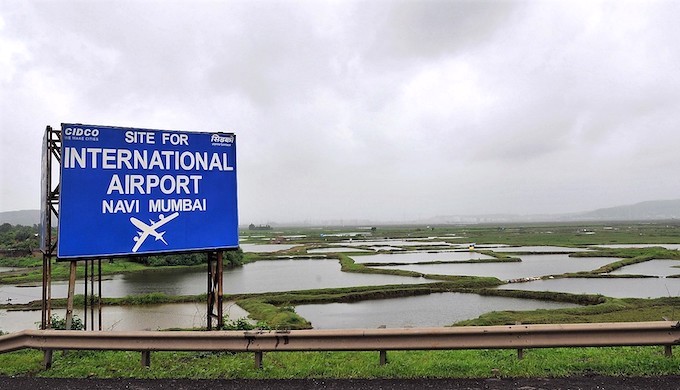Navi Mumbai Airport Displacing Families, Destroying Ecosystems
Related Articles
बांग्लादेश में हिंदू व्यवसायी की दिनदहाड़े हत्या, बढ़े तनाव के बीच अल्पसंख्यक सुरक्षा पर सवाल !
बांग्लादेश में अल्पसंख्यक हिंदू व्यवसायी की दिनदहाड़े हत्या, जशोर में फैली सनसनी! कोपलिया बाज़ार में अज्ञात बदमाशों ने राणा प्रताप को मारी गोली, अल्पसंख्यक...
Income Tax Act, 2025: आसान भाषा, सरल नियम और नया टैक्स सिस्टम !
1 अप्रैल 2026 से लागू होगा नया इनकम टैक्स कानून, 60 साल पुराने एक्ट को कहा जाएगा अलविदा! सरल स्पष्ट और डिजिटल भुगतान व्यवस्था...
Delhi Man Surrenders After Allegedly Killing Three Family Members
A quiet neighbourhood in East Delhi’s Laxmi Nagar was shaken after a man allegedly killed three members of his own family and later surrendered...


